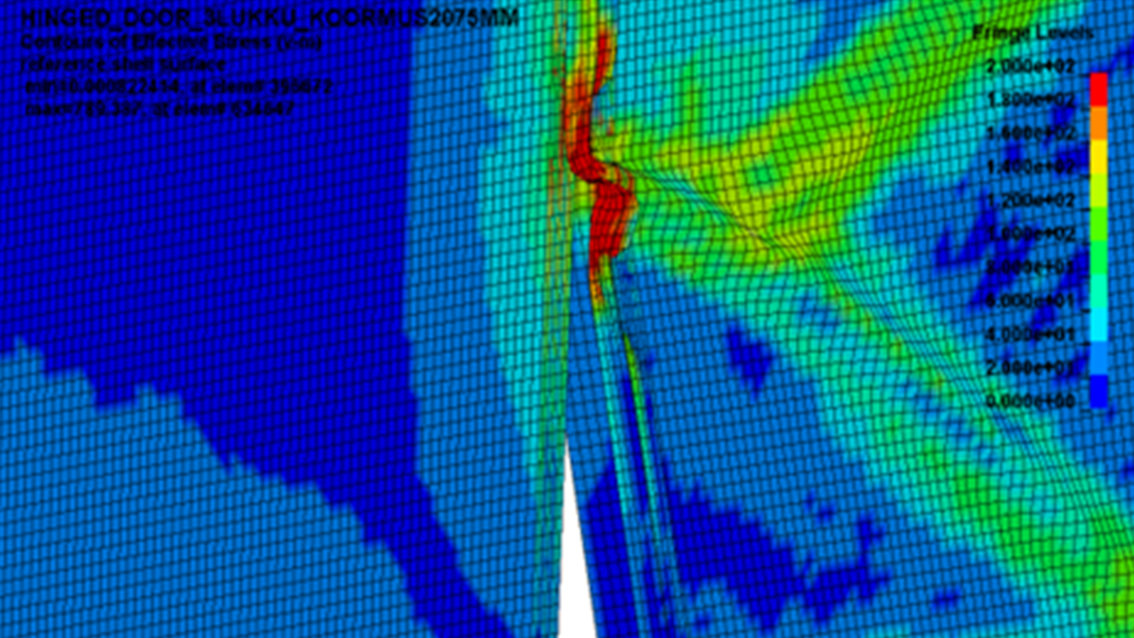Floodstand
Integrated Flooding Control and Standard for Stability and Crises Management.
FLOODSTAND project aims to increase the reliability of ship flooding simulation tools in design and onboard use by establishing modeling principles and uncertainty bounds in modelling leakage and progressive flooding process; and to establish a method for instantaneous classification of the severity of ship flooding casualty.
The main objectives of the floodstand project were the following
To increase the reliability of flooding simulation tools in design and onboard use by establishing modeling principles and uncertainty bounds, in particular:
by establishing new experimental and computational data and guidelines for modeling leakage through closed doors and the critical pressure head for collapsing under the pressure of floodwater
by simplified modeling of pressure losses (discharge coefficients) in flows through typical openings.
by feasible and realistic modeling of compartments with complex layout, such as cabin areas, for flooding simulation tools.
by the use of flooding monitoring systems and time domain simulation for assessing the damage and flooding extent onboard the damaged ship
To establish a method for instantaneous classification of the severity of ship flooding casualty, with the following key objectives:
Stochastic ship response modeling: establish requirements and uncertainty bounds for methods for prediction of the time it takes a ship to capsize or sink after damage.
Rescue process modeling: establish requirements and uncertainty bounds for models of mustering, abandonment and rescue operations.
Standard for decision making in crises: establish a loss function loss(N) and pN|i(N|decisioni) for the integrated standard. The loss function must reflect in a balanced manner the societal concerns pertinent to a “large” loss. The pN|i(N|decisioni) will reflect the above requirements on the methods to be used for generating basis information on stability, evacuation and rescue process as well as the associated uncertainty.
Demonstration: develop implementation system and test effectiveness of the standard in rating different decisions for various casualty cases as well as test the approach in design environment.
MEC Insenerilahendused was responsible in providing the failure analysis of non-watertight doors and walls. Failure analysis was based on experimental investigation and on numerical and analytical modelling.
Project page: http://floodstand.aalto.fi

